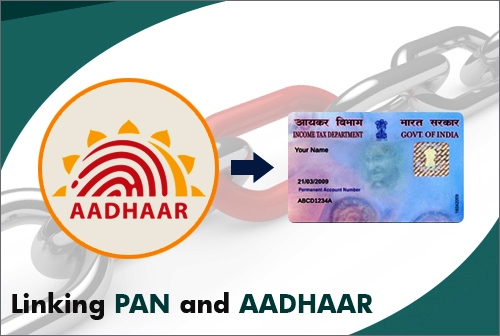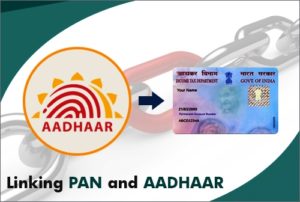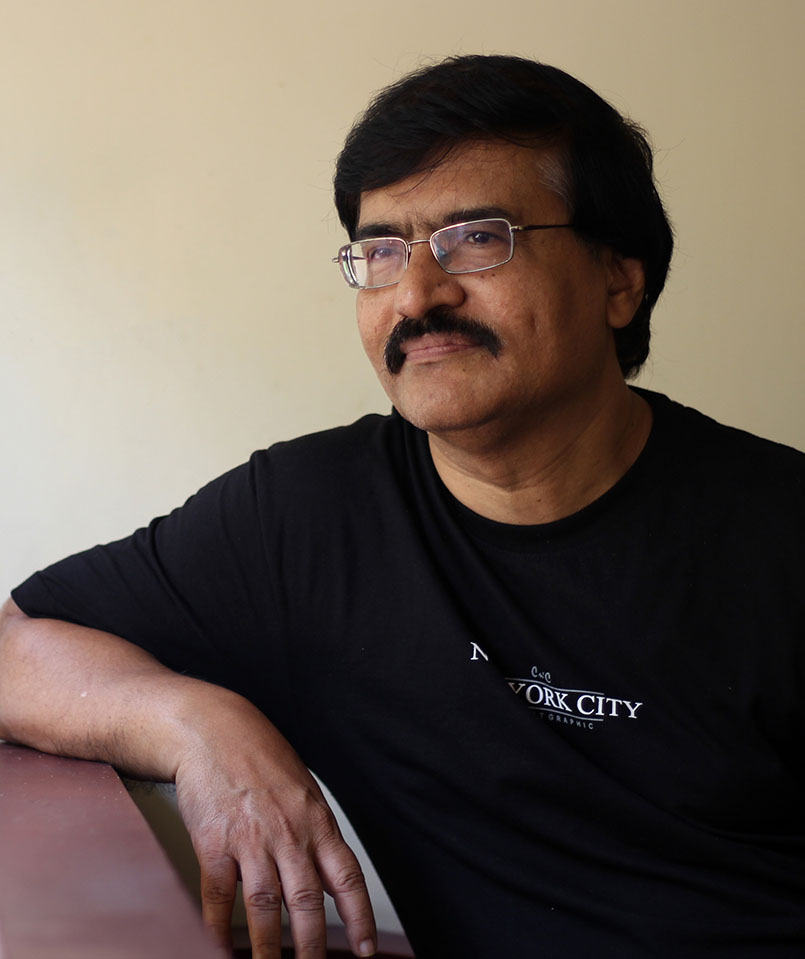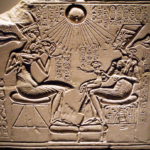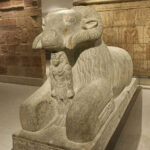However, things have changed this year as the linking of PAN and Aadhaar has been made mandatory. Of course, there has been a deluge of reassuring messages coming from all and sundry saying that anyone could carry out the linking in just three easy steps without even logging into the system. If that was not enough to dispel my reservations about the efficiency of the system, the feedback from the rest of my family settled it finally. My wife, son and daughter-in-law had the linking done in just three simple steps as advertised. ‘Mera Bharat Suchmuch Mahan Hai’, I reassured myself.
This time I used the option ‘Credit Card’. The payment was successful. I heaved a sigh of relief and thought that at last I was getting somewhere. That was just a flicker of light before darkness struck. The screen hung for a while and then spit out a message that read something like this, ‘Since the name given does not match with the name in the Aadhaar database, electronic authentication is impossible. Use the option to send a print out by post. The amount paid would be credited back to your account in the next seven days.’
